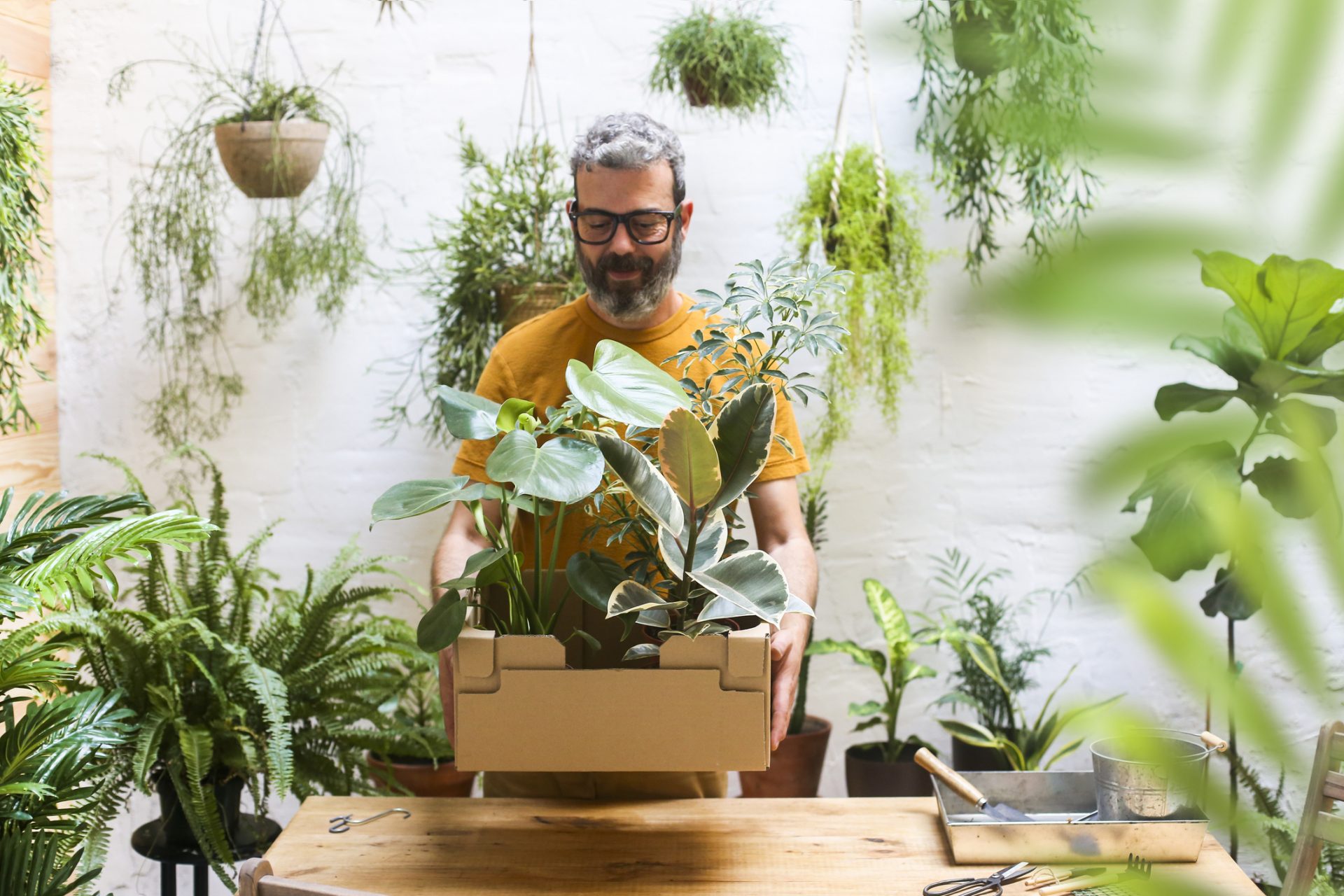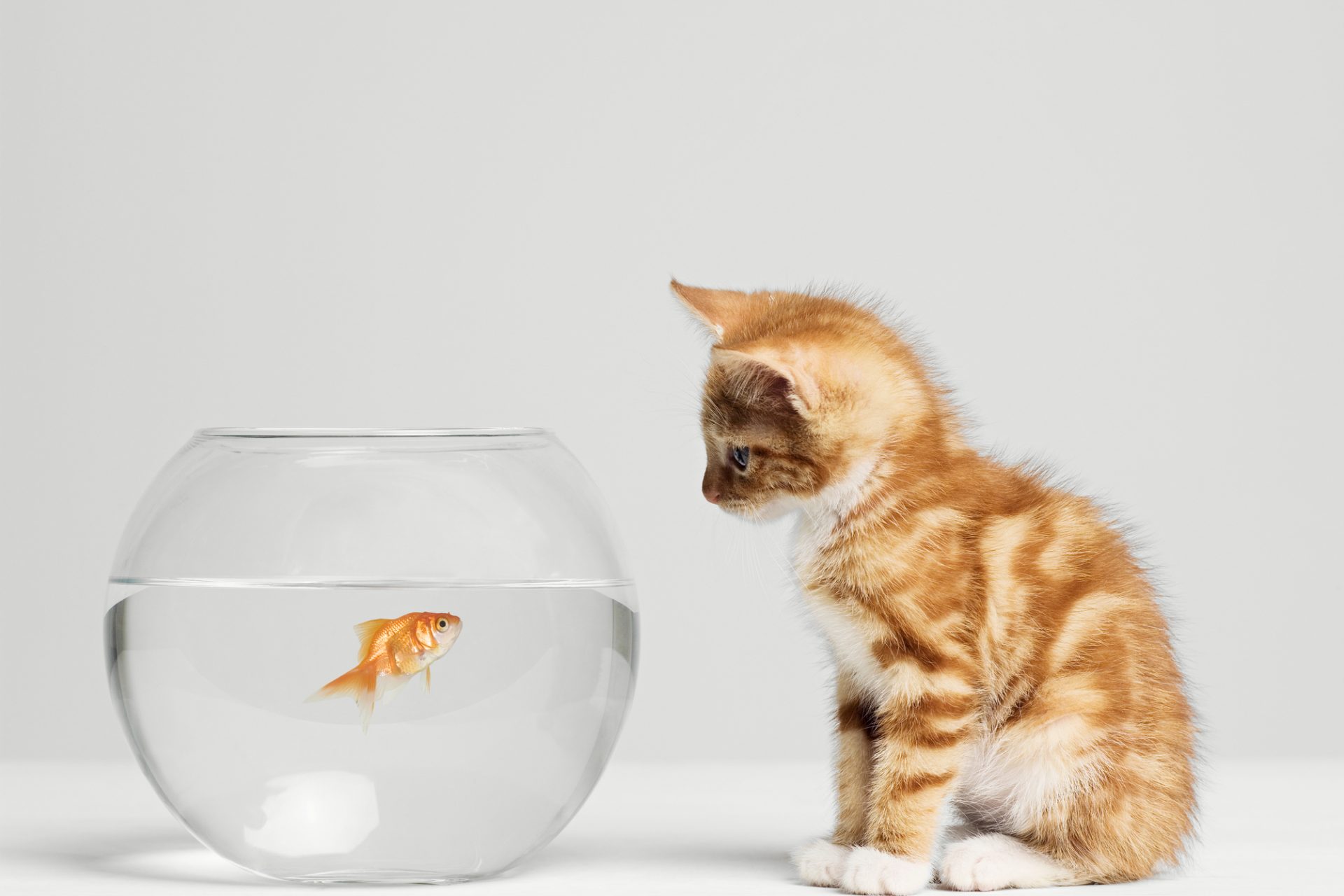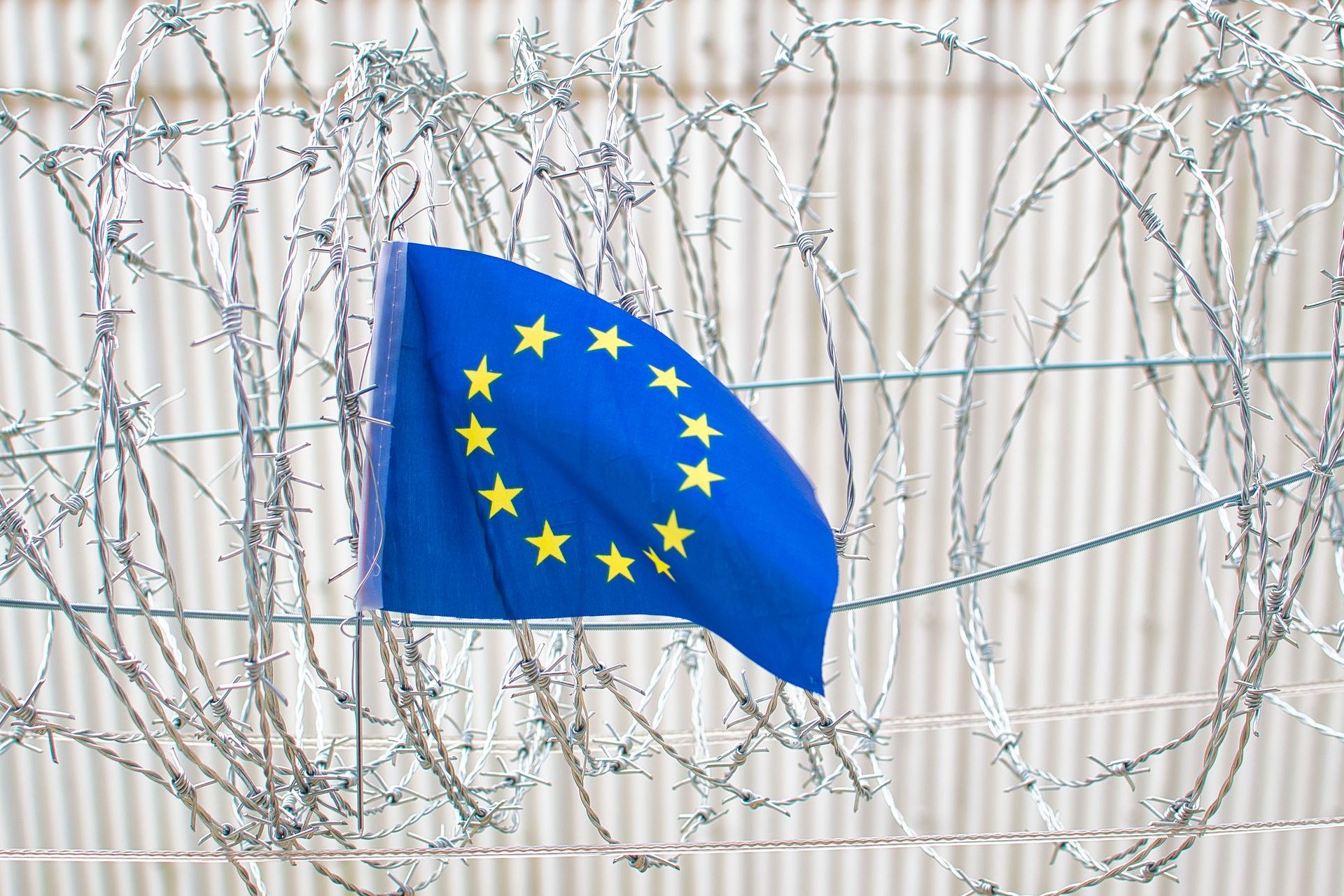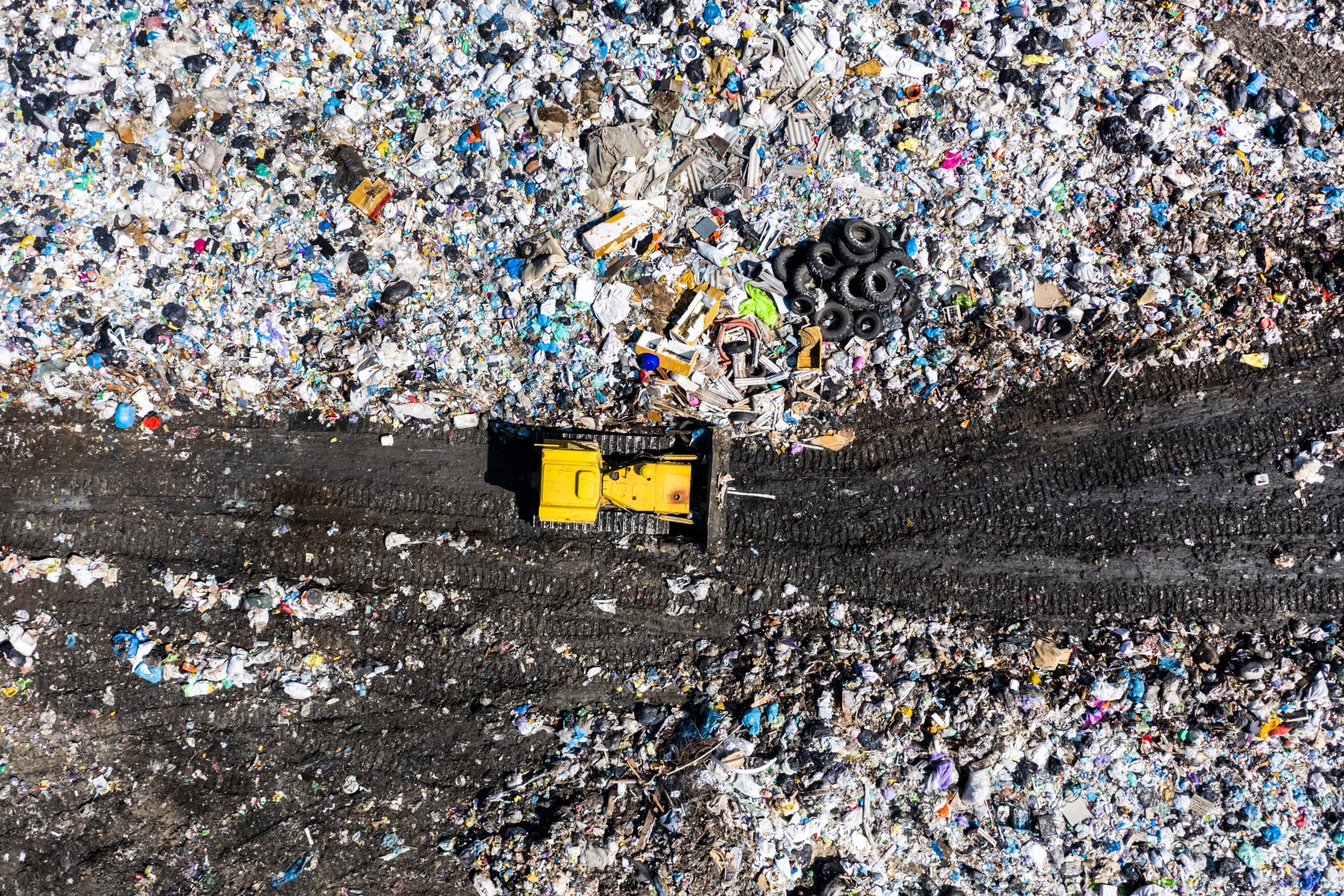Are your houseplants actually environmentally friendly?
From Monsteras to Snake plants and Philodendrons, indoor houseplants have become essential in the homes of many millennials and Gen Zs, particularly as their care became a soothing hobby early in the pandemic.
The hashtag #plantsofinstagram has been used more than 4 million times, and the term “plant parent”, coined by millennials, is now common slang. But having the Pinterest-perfect plant collection might not be as green as you think.
Behind your local plant shop or e-tailer is a multi-billion-dollar industry that requires a massive amount of resources for growing and transporting greenery to reach your home.
In the US alone, there are more than 2,300 indoor plant growers and sales were worth $691 million in 2019, according to a census report by the United States Department of Agriculture.
Image: Zoe Schaeffer/Unsplash
With the craze, a number of specialist online retailers that deliver straight to your door have sprung up, and ordering online can rack up "plant miles", meaning that their transportation can have a significant ecological footprint if brought from overseas.
A lot of indoor plants come from Holland, while orchids can be shipped from Indonesia and "light-loving" plants from Kenya and Zimbabwe.
Image: Ardi Evans/Unsplash
However, James Wong, botanist and ‘plant parent’ to 500 houseplants, told the BBC that home delivery has less of an environmental impact than multiple trips to the garden centre in a car.
Image:Kate Darmody/Unsplash
Another concern about ordering plants online, is all the unnecessary packaging, which usually includes a lot of plastic, and most importantly, a plastic pot that will be replaced and that is hard to recycle.
Many plant pots are made from black plastic, which often cannot be detected by sorting machines at recycling centres, and so end up in a landfill and take about 450 years to decompose, according to EcoPlants.
However, this has led to the development of more easily-recyclable taupe pots (plastic grayish pots easily identifiable as recyclable) and even biodegradable pots, made out of coconut fiber, cow manure or paper pulp.
Furthermore, it’s important to consider all of the resources required to grow and maintain your houseplants, like the use of water and fertilizer.
Image: Jonathan Kemper/Unsplash
While water use further strains drought-prone areas, nitrates from fertilizers have contaminated Chesapeake Bay (the largest estuary in the US), according to a 2012 report from UC Davis.
Nitrous oxide is also emitted from these fertilizers, a greenhouse gas that warms the atmosphere nearly 265 times more than carbon dioxide, according to the US Environmental Protection Agency.
Image: Erwin Hesry/Unsplash
Nevertheless, pesticides are necessary in the industry because indoor plants are aesthetic products, Dr. Loren R. Oki, a specialist in environmental horticulture, told CNN.
Image: Annie Spratt/Unsplash
"If the plant has a brown leaf on it, people won't buy it. So there's the pressures of the consumer that growers have to meet as well,” said Oki.
Image: Bobbi Gaukel/Unsplash
Plus, living in the era of trends and capitalism, it’s easy to “impulse buy” plants without being mindful. According to a recent report by Business Insider, Americans kill nearly half of the houseplants they take home.
Image: Earl Wilcox/Unsplash
There's also the issue of the potting mix your plants grow in. This is most often made up of peat moss thanks to its ability to retain moisture and nutrients.
The problem is about 80% of the world’s peatlands have been damaged by agriculture, burning and mining, according to the International Union for Conservation of Nature (IUCN).
Image: Mitchell Griest/Unsplash
Peat protects the environment with its ability to absorb and store carbon, but damaged peatland does the opposite, emitting at least 2 billion tonnes of carbon dioxide annually, according to ‘Nature’.
But if you’re a plant parent, don’t fret. In the grand scheme of things, your houseplant collection likely has much less of an environmental toll than what's in your closet or your fridge.
Image:Becca Mchaffie/Unsplash
Like with the food and fashion industries, it may feel like individual practices won’t help a much larger problem. But there are some things that you can do to have a sustainable indoor garden.
Consider your “plant miles”. Buy local or if you buy online, do your research into where the plants are coming from.
Image: Logan Weaver/Unsplash
Both fibrous coconut coir and the carbon-ash residue known as biochar, as well as bark and green waste compost are viable alternatives, according to RHS gardening.
Image: Neslihan Gunaydin/Unsplash
But most importantly, be honest about whether or not you have the conditions (and the motivation) to keep plants alive and happy.
More for you
Top Stories





































